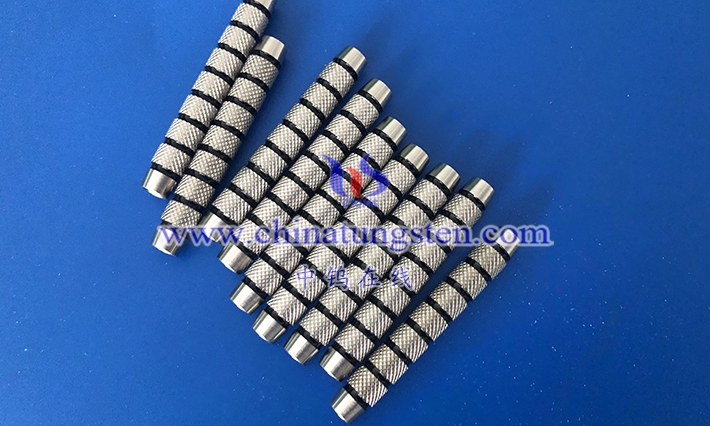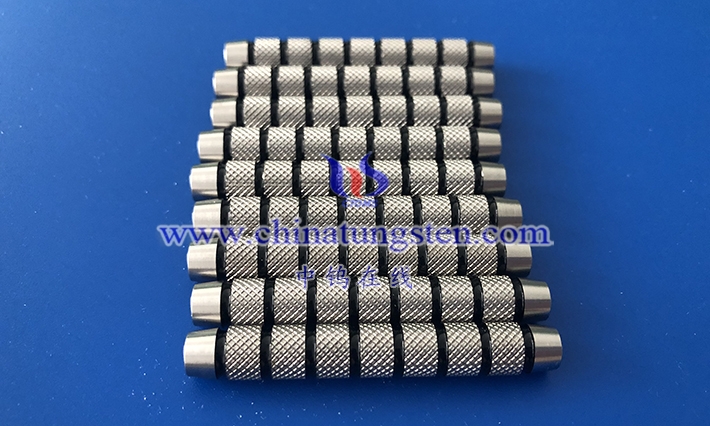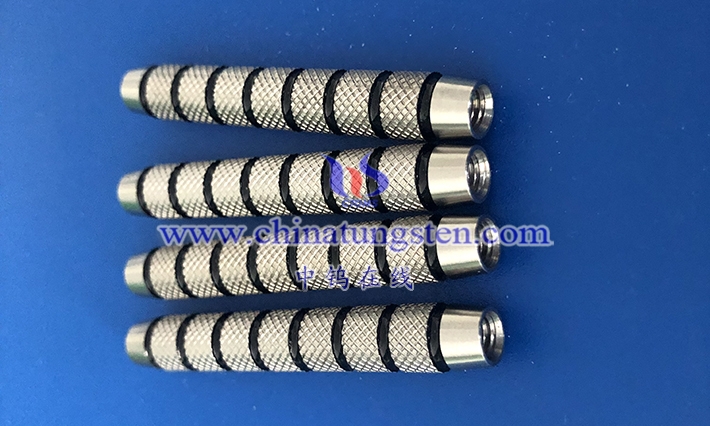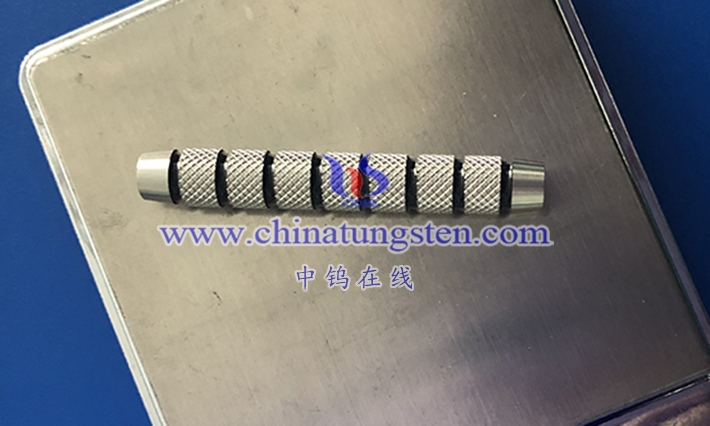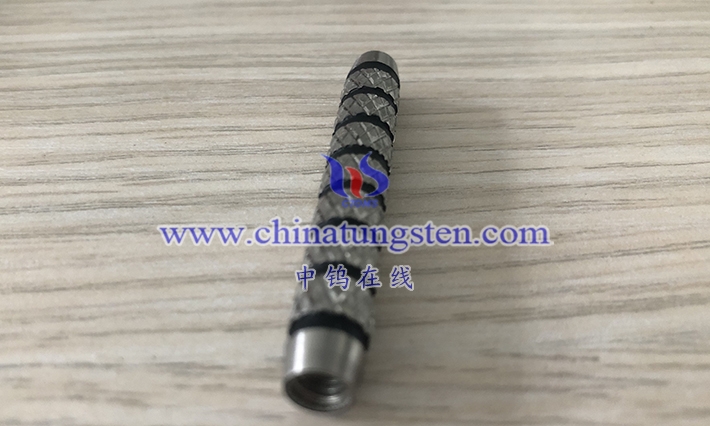Tungsten alloy shielding components play a vital role in radiation protection within medical equipment, but their presence may impact image quality, especially during image acquisition. Below is an analysis of how tungsten alloy shielding might influence medical imaging quality and ways to minimize these effects:
- Impact on Image Contrast
- Radiation Attenuation: Tungsten alloy’s high density effectively attenuates radiation, but it may also reduce the amount of radiation reaching the imaging device. This reduction in radiation could lead to lower image contrast, especially in situations where precise differentiation of small differences in the image is required.
- Effect of High-Density Materials: Due to tungsten alloy’s high atomic number and density, it may absorb X-rays more strongly, affecting the radiation passing through tissues or lesions. This could reduce image clarity, especially for soft tissues or low-density structures.
- Increased Image Noise
- Noise Generation: The high density of tungsten alloy can lead to scattered radiation, which may increase image noise, particularly when lower energy radiation is used. Scattered radiation can reduce the signal-to-noise ratio (SNR), affecting image quality.
- Impact on Advanced Devices: In some advanced medical imaging devices, computer algorithms can be applied to remove or correct for noise, minimizing the effect of tungsten alloy shielding on image noise.
- Uneven Radiation Distribution
- Radiation Uniformity Issues: If tungsten alloy shielding is not precisely designed, it may cause uneven distribution of radiation within the imaging area, particularly at the edges of the image. This unevenness could lead to underexposure or overexposure in certain parts of the image, affecting the overall image quality and diagnostic accuracy.
- Increased Exposure to Compensate
- Increased Exposure Levels: To compensate for radiation attenuation by tungsten alloy shielding, it may be necessary to increase the X-ray exposure. This could result in longer imaging times or higher radiation doses, which may increase patient exposure.
- Adjustment of Imaging Parameters: Some devices may require adjustments to other imaging parameters (e.g., exposure time, tube voltage) to ensure that image quality remains within acceptable levels. Such adjustments may lead to higher energy consumption or affect certain aspects of the image.
- Shielding Design and Optimization
- Precise Design: To minimize the impact on image quality, tungsten alloy shielding is often carefully designed to strike a balance between its shielding effectiveness and its impact on image quality. By optimizing the shape, thickness, and positioning of the shielding, its negative impact on images can be reduced.
- Use of High-Quality Tungsten Alloys: High-purity tungsten alloys tend to have better transmissibility and stability, providing adequate radiation protection while minimizing their impact on image quality.
- Optimization with Modern Imaging Technologies
- Digital Imaging Technology: Modern digital imaging technologies, such as CT scans, digital X-rays, and digital radiography, employ advanced image processing and noise reduction techniques that can significantly mitigate the impact of tungsten alloy shielding on image quality. Post-processing algorithms can effectively remove noise, enhancing image contrast.
- Image Reconstruction Techniques: Some devices use advanced image reconstruction techniques, such as multi-slice reconstruction algorithms, which help improve image quality and reduce the effects of radiation attenuation.
- Impact in Specific Applications
- CT Scanning: In CT scans, the effect of tungsten alloy shielding is usually minimal because CT image quality is influenced by various factors. Tungsten alloy’s high density helps reduce scattered radiation, potentially enhancing image contrast.
- X-ray Imaging: In traditional X-ray imaging, tungsten alloy shielding may slightly affect image sharpness, especially in high-resolution imaging situations. Proper design and optimization are key to mitigating these effects.
Conclusion
Tungsten alloy shielding components primarily serve radiation protection in medical equipment, but they can indeed affect image quality in terms of contrast, noise, radiation distribution, and exposure levels. By precisely designing the shielding components, employing modern imaging technologies, and optimizing imaging parameters, these impacts can be minimized. This ensures that radiation protection is maintained while preserving high-quality imaging for accurate diagnostics.
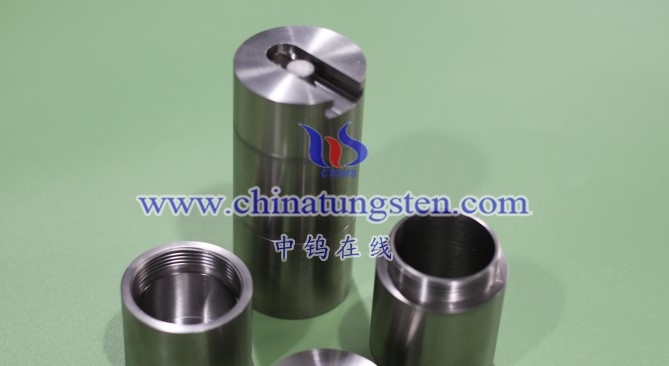
Customized R&D and Production of Tungsten, Molybdenum Products
Chinatungsten Online and CTIA GROUP LTD have been working in the tungsten industry for nearly 30 years, specializing in flexible customization of tungsten and molybdenum products worldwide, which are tungsten and molybdenum design, R&D, production, and overall solution integrators with high visibility and credibility worldwide.
Chinatungsten Online and CTIA GROUP LTD provide products mainly including: tungsten oxide products, such as tungstates such as APT/WO3; tungsten powder and tungsten carbide powder; tungsten metal products such as tungsten wire, tungsten ball, tungsten bar, tungsten electrode, etc.; high-density alloy products, such as dart rods, fishing sinkers, automotive tungsten crankshaft counterweights, mobile phones, clocks and watches, tungsten alloy shielding materials for radioactive medical equipment, etc.; tungsten silver and tungsten copper products for electronic appliances. Cemented carbide products include cutting tools such as cutting, grinding, milling, drilling, planing, wear-resistant parts, nozzles, spheres, anti-skid spikes, molds, structural parts, seals, bearings, high-pressure and high-temperature resistant cavities, top hammers, and other standard and customized high-hardness, high-strength, strong acid and alkali resistant high-performance products. Molybdenum products include molybdenum oxide, molybdenum powder, molybdenum and alloy sintering materials, molybdenum crucibles, molybdenum boats, TZM, TZC, molybdenum wires, molybdenum heating belts, molybdenum spouts, molybdenum copper, molybdenum tungsten alloys, molybdenum sputtering targets, sapphire single crystal furnace components, etc.
For more information about tungsten alloy products, please visit the website: http://www.tungsten-alloy.com/
If you are interested in related products, please contact us:
Email: sales@chinatungsten.com|
Tel: +86 592 5129696 / 86 592 5129595
